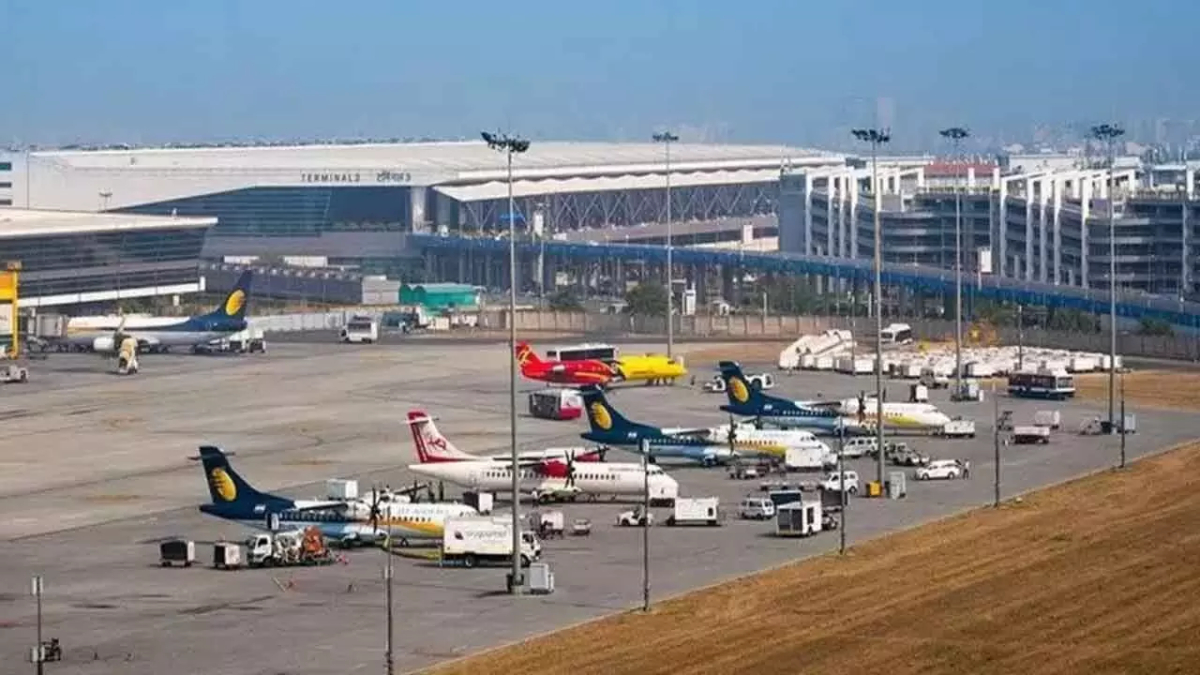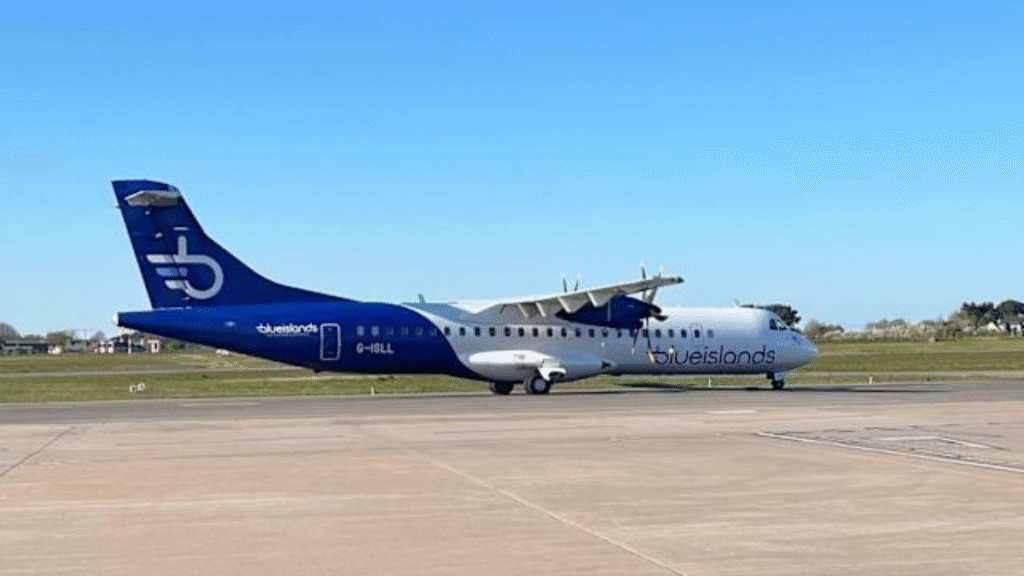Now Reading: ATC Glitch Cripples Delhi Airport: Hundreds of Flights Delayed Amid System Failure
-
01
ATC Glitch Cripples Delhi Airport: Hundreds of Flights Delayed Amid System Failure
ATC Glitch Cripples Delhi Airport: Hundreds of Flights Delayed Amid System Failure

Air travel at the nation’s busiest hub, Indira Gandhi International Airport (IGIA), was thrown into disarray today as a severe technical malfunction in the Air Traffic Control (ATC) system led to massive, cascading delays affecting hundreds of flights. The operational crisis forced controllers to abandon automated processes, creating a bottleneck that quickly backed up traffic both on the ground and in the air.
The Root Cause: System-Wide Automation Failure
The disruption, which began late [Yesterday’s Day] afternoon and intensified through [Today’s Day] morning, has been traced to a critical failure within the Automatic Message Switching System (AMSS). This system is the nerve center for ATC operations, responsible for automatically transmitting vital flight plan and routing data to the screens of air traffic controllers.
When the AMSS malfunctioned, the automated flow of information ceased, essentially crippling the digital coordination mechanism. An official familiar with the situation confirmed that the controllers were subsequently forced to revert to manual processing of all flight plans for both arrivals and departures.
“The issue lies with the AMSS that supplies information for the Auto Track System. Controllers are preparing flight plans manually, which is taking significant time,” a senior airport source stated.
Impact and Operational Chaos
IGIA, which manages an astonishing average of over 1,500 flight movements daily, immediately began to experience severe congestion. The manual compilation of flight plans is significantly slower than the automated system, drastically reducing the number of movements that can be safely processed per hour.
- Widespread Delays: Flight tracking data indicated that well over 100 flights, including both domestic and international services, were delayed, with average departure times reportedly climbing to 50 minutes or more during the peak hours of disruption.
- Aviation Gridlock: The slowing of take-offs created a severe backlog of aircraft waiting on the tarmac and at gates. This ground congestion subsequently affected arriving flights, which struggled to find available parking and stands, further compounding the chaos.
- Ripple Effect: As a primary gateway and connecting hub for North India, the technical failure’s impact was not limited to Delhi. Delays quickly cascaded across the national aviation network, affecting schedules at multiple airports as aircraft and crew were left stranded.
Official Response and Passenger Advisory
The Airports Authority of India (AAI), which manages the country’s ATC services, acknowledged the technical issue. In an official statement, the AAI confirmed that “Controllers are processing flight plans manually, leading to some delays. Technical teams are working to restore the system at the earliest.”
Both Delhi International Airport Limited (DIAL) and major airlines issued passenger advisories, urging travelers to check their flight status before heading to the airport.
Major carriers, including IndiGo, Air India, and SpiceJet, confirmed the disruption, expressing regret for the inconvenience caused by the “unforeseen disruption, which is beyond our control.” Passengers reported extended wait times onboard and long queues at check-in and information counters as ground staff struggled to manage the sudden operational challenge.
Focus on System Resilience
The rare and significant glitch underscores the heavy dependency of modern, high-volume airports on complex, automated digital infrastructure. While safety procedures dictate a return to manual operation during such failures, the sheer volume of traffic at a mega-hub like Delhi means any automation breakdown immediately translates into massive travel disruption.
As technical teams from AAI and associated companies work urgently to bring the AMSS back online and clear the accumulated backlog, the incident serves as a stark reminder of the critical need for resilient, fail-safe backup systems to ensure continuity in air traffic management.










